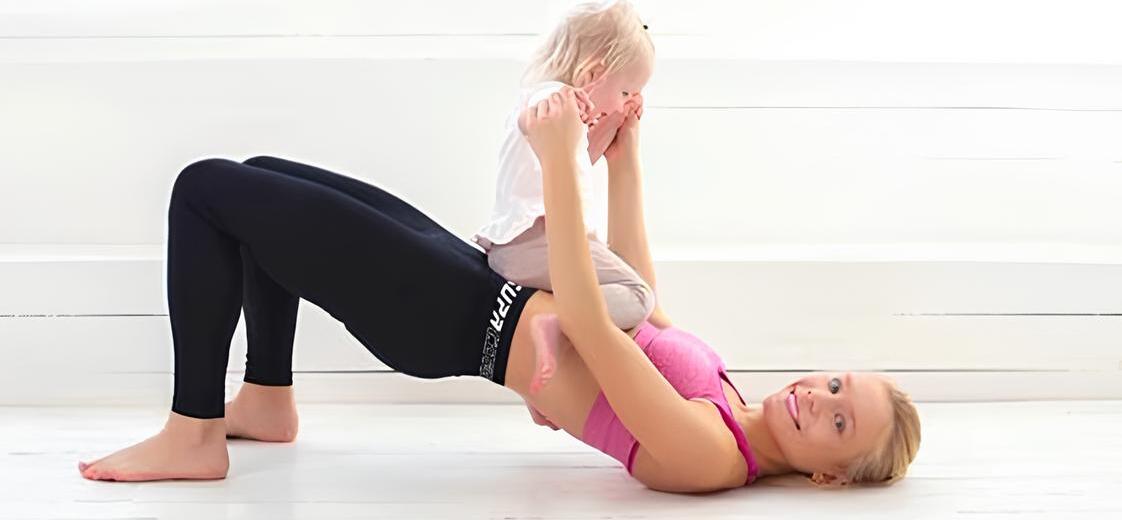
Pain During Pregnancy & Postpartum - Symptoms & Treatments
In this article, we will be looking at some of the most common causes of pain during pregnancy and postpartum, along with their symptoms and treatments. We also aim to provide a resource of useful information from various sources to offer advice and products that may be helpful in providing support or relieving pain during pregnancy.
Pelvic Pain & Instability
There is some really useful advice on managing pelvic girdle pain via this link:

There is consensus from low-level evidence and clinical reviews about providing advice on minimizing pain, including:
- wearing low-heeled shoes
- seeking advice from a physiotherapist regarding exercise and posture
- reducing non-essential weight-bearing activities (e.g., climbing stairs, standing/walking for long periods of time)
- avoiding standing on one leg (e.g., by sitting down to get dressed)
- avoiding movements involving hip abduction (e.g., taking care getting in/out of cars, baths or squatting)
- applying heat to painful areas
Abdominal Muscle Separation (Diastasis Rectus Abdominus Muscle DRAM)
Returning to Running After Pregnancy
There have been some excellent guidelines that have been created by the dedicated work of Tom Goom, Gráinne Donnelly, and Emma Brockwell https://www.running-physio.com/postnatal-guide/ who have a passion for increasing awareness about the importance of a safe and timely return to running postnatal. They recommend that a low-impact exercise timeline is followed within the first 3 months of the postnatal period, followed by a return to running between 3-6 months postnatal, at the earliest. In addition to this, every postnatal mother regardless of delivery mode, should take the opportunity to receive a pelvic health assessment (from 6-weeks postnatal) with a specialist physiotherapist to comprehensively assess the abdominal wall and pelvic floor.
Symphysis Pubis Dysfunction (SPD) & Diastasis Symphysis Pubis (DSP)
Symphysis pubis dysfunction (SPD) is one type of pelvic girdle pain. Diastasis symphysis pubis (DSP) is another type of pelvic girdle pain that occurs when the gap in the symphysis pubis joint widens too far. DSP is rare and can only be diagnosed by an X-ray, ultrasound scan, or MRI scan.
C-section or Perineal Trauma
The NHS has excellent advice regarding the risks associated with Caesarean section and information on Episiotomy and perineal tears.
SJP or Sacro Iliac Joint Pain
What is sacroiliac joint pain?
The SI joints are located between the iliac bones and the sacrum, connecting the spine to the hips. The two joints provide support and stability, and play a major role in absorbing impact when walking and lifting. From the back, the SI joints are located below the waist where two dimples are visible.
Sacroiliac joint pain ranges from mild to severe depending on the extent and cause of injury. Acute SI joint pain occurs suddenly and usually heals within several days to weeks. Chronic SI joint pain persists for more than three months; it may be felt all the time or worsen with certain activities.
Other terms for SI joint pain include: SI joint dysfunction, SI joint syndrome, SI joint strain, and SI joint inflammation.



